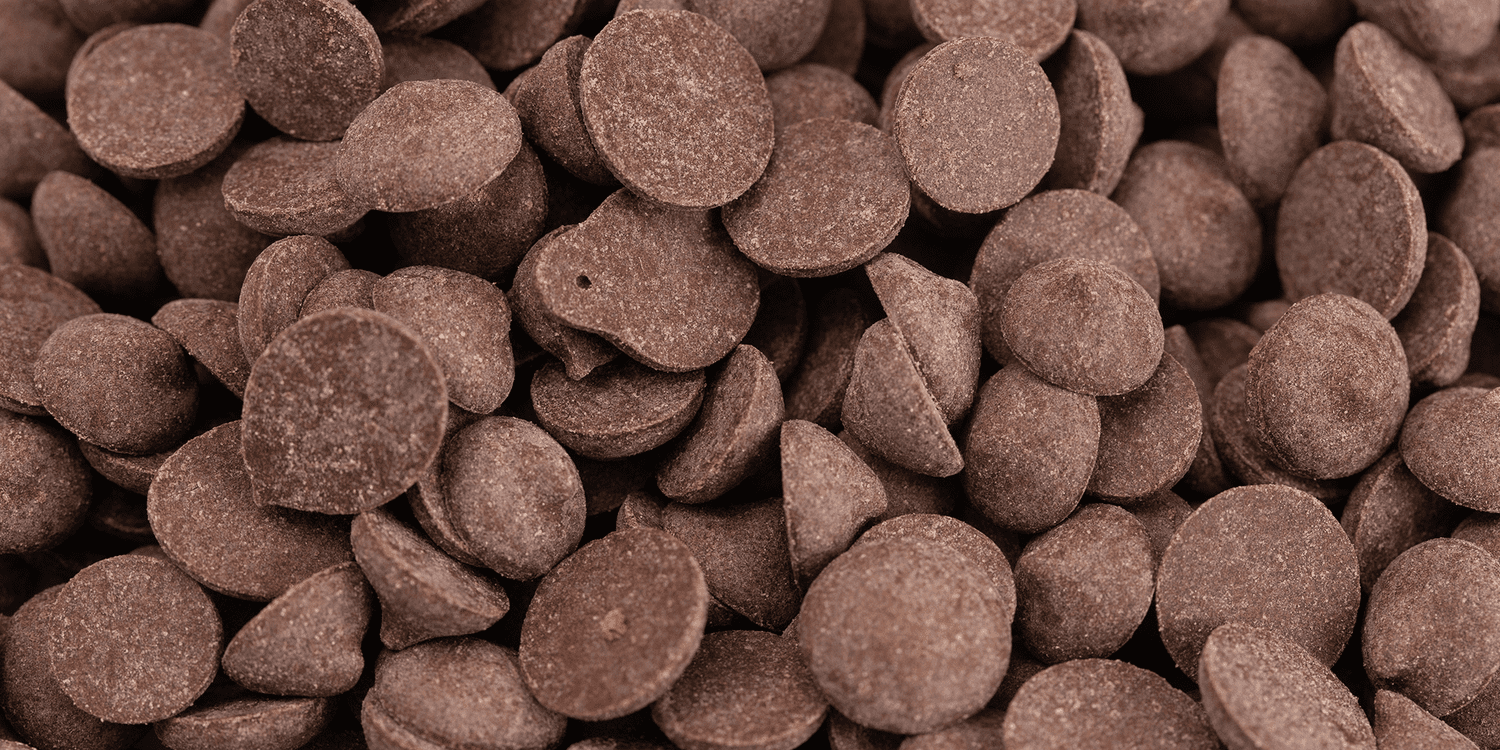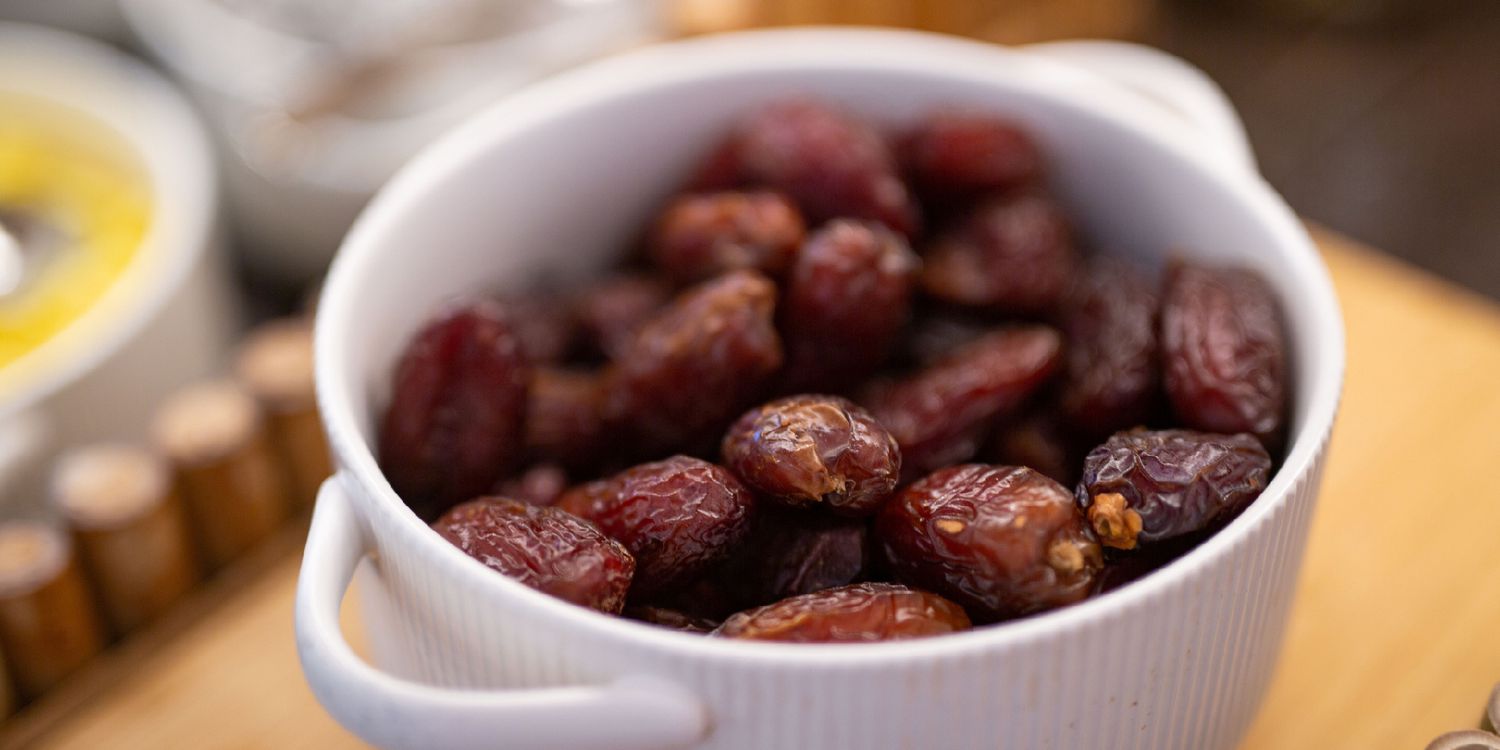Leftovers, being the pinnacle of ease for meals, tend to evoke such a sense of relaxation, it’s not uncommon to get a little loose and easy on the second-day serve. Honestly, in most situations, it doesn’t matter. But there are certain exceptions — and one of the biggest is rice.
There are tons of items in the kitchen to be wary about, but rice? Little ol’ rice? Really? Turns out, these tiny grains are a silent killer. The tiny granules can pack a wallop to the gastrointestinal system — that is, the gut. Your unassuming takeout box of fried rice could have you checking in to the porcelain hotel in anywhere from 30 minutes to six hours with what many describe as the worst food poisoning they’ve ever experienced, and your length of stay could be a mere 24 hours or up to a week. It’s safe to say, avoiding this at all costs is the way to go.
Why Does Rice Cause Food Poisoning?
Uncooked rice sometimes totes spores of Bacillus Cereus, a bacterium known for causing food poisoning. Fortunately for it but not for us, these spores tend to survive even after the rice is cooked. So, when rice is left at room temperature (in the “danger zone” of 40 degrees F to 140 degrees F, and especially around 100 degrees F), these spores will blossom into bacteria and embark on a bona fide field day; in other words, they multiply like crazy. This produces toxins that will make you sick and once they’re there, they’re there to stay — no matter what you do or how much you reheat it.
Bacillus Cereus comes from the soil, but also lives in bodies of water, plants, and even the gut of some animals. Basically, anything made from grain can host it — like pasta, other noodles, couscous, farro, etc — but this particular food poisoning is often referred to as “fried rice syndrome,” because rice just might be more likely to get ya. Why? Because rice grows directly in soil and goes through minimal processing before heating and eating, much less than products made from wheat. So theoretically, rice may contain a higher concentration of the bacteria than other grains, increasing the risk when left to sit on the counter in the temperature danger zone.
Symptoms of “fried rice syndrome,” while inconvenient for most, (likely sparking a banishment of all things rice-related for an unspecified amount of time) would be especially problematic for anyone immunocompromised, pregnant, or under the age of five, where it could be deadly. Leftovers involving rice just got a whole lot less laissez faire.
How to Prevent Food Poisoning From Leftover Rice
Contrary to some popular beliefs, the danger doesn’t lie in the reheating of rice, but rather how it’s stored.
The single most important thing to remember is to get your recently cooked rice into the fridge within one hour so that bacteria won’t have the opportunity to grow. If need be, speed up the cooling process by dividing the rice into smaller containers, chilling containers of it in ice baths, or spreading it out on sheet trays. If you’re pressed for time, just put the hot stuff right into the fridge.
Simply scoop it into shallow dishes and place it in with the lid off. Once it’s cooled, you can put the lid on for safe storage for up to four days. Unfortunately, the fact is that rice isn’t a leftover you can crack into a week later and proclaim, “this is probably okay,” like so many others.
Other things to keep in mind are:
- When you’ve ordered rice via takeout, be extra aware. You don’t know exactly how long it’s been sitting out in the first place, i.e., how long it’s taken to get to you. Your best bet is to get it into airtight containers and into the fridge as soon as it arrives (after dishing up your current meal, of course), just to ensure it’s safe to eat the following day.
- Only ever reheat your rice once. If there are multiple portions, dish up what you’re about to eat for reheating and leave the rest in the fridge. Never reheat the whole batch and move the leftovers to the fridge for a second time.
The Takeaway
Personally, unless it’s some sort of casserole or one-pan situation, I tend to just cook the amount of rice I’ll need for that day/meal. I’ll cook enough protein and vegetables, or whatever else is involved in the meal, for leftovers, but I make new rice for each round. Rice is too easy to make, and that degree of sickness just isn’t worth it.




